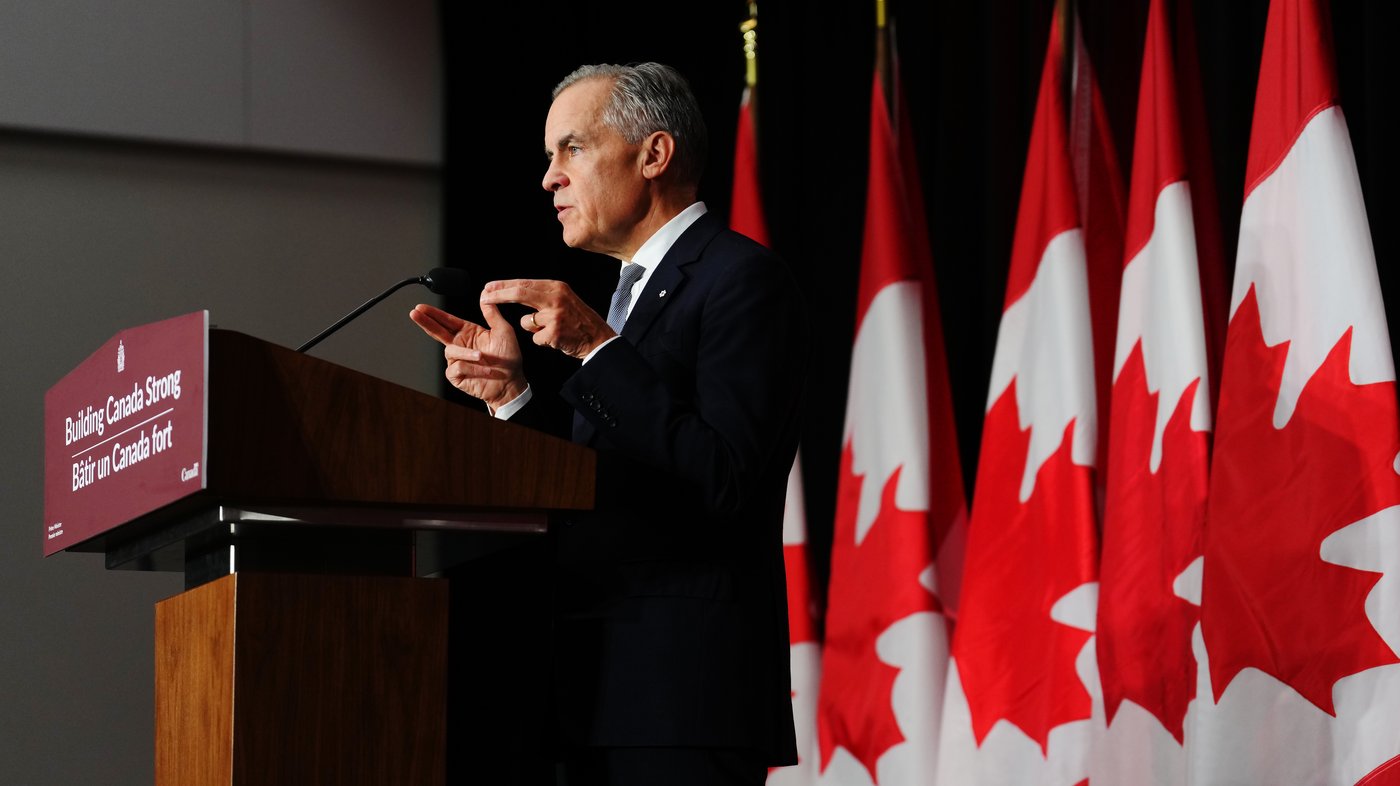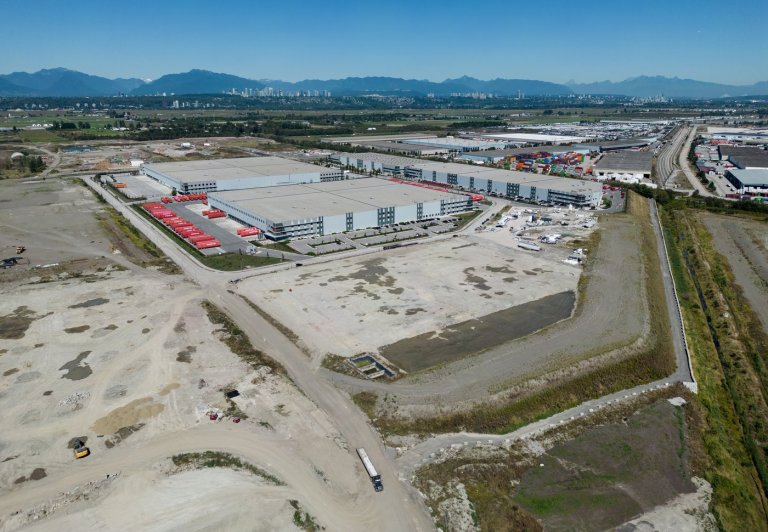Federal officials are not sure when immigration levels plan is coming

OTTAWA — Immigration department officials do not know if Prime Minister Mark Carney’s promise to include Canada’s new immigration plan in the federal budget next week will be the full scope of the annual targets for newcomers to Canada.
Carney has said the government is committed to getting immigration “under control” and plans to reduce the number of temporary residents from about seven per cent of the population to five per cent by the end of 2026.
Carney pledged in a pre-budget speech on Oct. 22 that Tuesday’s budget will include a new plan.
The Canadian Press reached out to Immigration Minister Lena Diab’s office for comment, but the query was forwarded to the department.
An Immigration, Refugee and Citizenship Canada spokesperson told The Canadian Press on Wednesday that the budget will include the annual immigration levels plan, which by law, must be tabled in Parliament by Nov. 1 every year.
The immigration levels plan outlines targets for the number of newcomers Canada intends to admit in the next three years. It includes specific targets for various economic immigration streams, family reunification, refugees and more recently, temporary visa holders.
However, a Liberal government source with knowledge of the situation and not authorized to speak publicly about the matter, said they still don’t know whether the full plan will be in the budget, or a partial version of it.
Daniel Bernhard, CEO of the Institute for Canadian Citizenship, said the immigration department has given no indication of when the plan will be tabled.
“There seems to be a lot of uncertainty around funding for settlement services, but also just about the number of immigrants, both permanent and temporary, that Canada will accept in the coming year,” Bernhard told The Canadian Press.
Conservative immigration critic Michelle Rempel Garner said she asked the deputy immigration minister when the levels plan will be tabled during an Oct. 21 citizenship and immigration committee meeting.
“The fact that the deputy minister would not even provide that information to parliamentarians so close to the date that they’re supposed to release it makes me wonder why they are hiding this information,” Rempel Garner said in a phone interview.
“We need data on how many people the Liberals are going to let in if we, as parliamentarians, are going to question the government on whether or not they have the right infrastructure to support integration of newcomers into Canada’s economic and social fabric.”
Alexis Brunelle-Duceppe, the Bloc Québécois’ MP on the immigration committee, said he wonders if the uncertainty is linked to political sensitivity as public opinion on the number of immigrants coming to Canada sours.
“It’s a problem for us, because how can you have a conversation on immigration if you don’t have the vision of the government about the levels? It’s quite impossible right now,” he said.
“A majority of Canadians and Quebecers think that the levels are too high. So I think that’s the problem. It’s not more complicated than that.”
NDP immigration critic Jenny Kwan said it’s “unacceptable” that the plan could come after the Nov. 1 deadline.
“Communities, newcomers, and settlement agencies are left in limbo, unsure of what impact of the levels plan will have for Canadians and newcomers. This delay shows a lack of transparency and accountability from a government that claims to value immigration but can’t even meet its own deadlines, defined by law,” Kwan said in an emailed statement.
Bernhard said most people receiving permanent residency are already in Canada, usually on either a work or study permit. He said the system needs certainty in order to attract global talent to the workforce.
“If we want to convince the world’s A-team to come over here and bet their futures on Canada and play for our team, we need to make it clear that we know what we’re doing and that our immigration policy is thought through and steady and not just constantly vacillating based on political feelings,” he said.
This report by The Canadian Press was first published Oct. 29, 2025.
Join the Conversation!
Want to share your thoughts, add context, or connect with others in your community?
You must be logged in to post a comment.


















